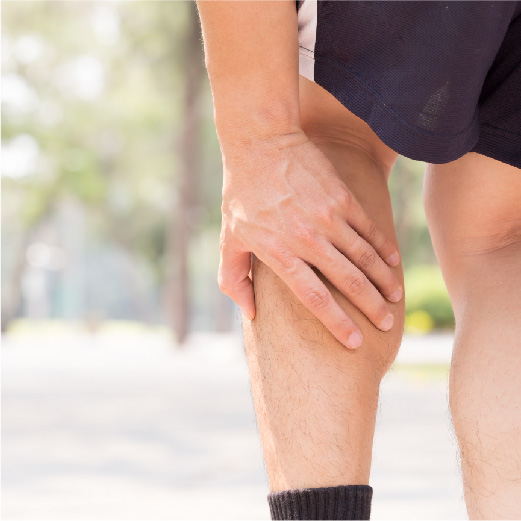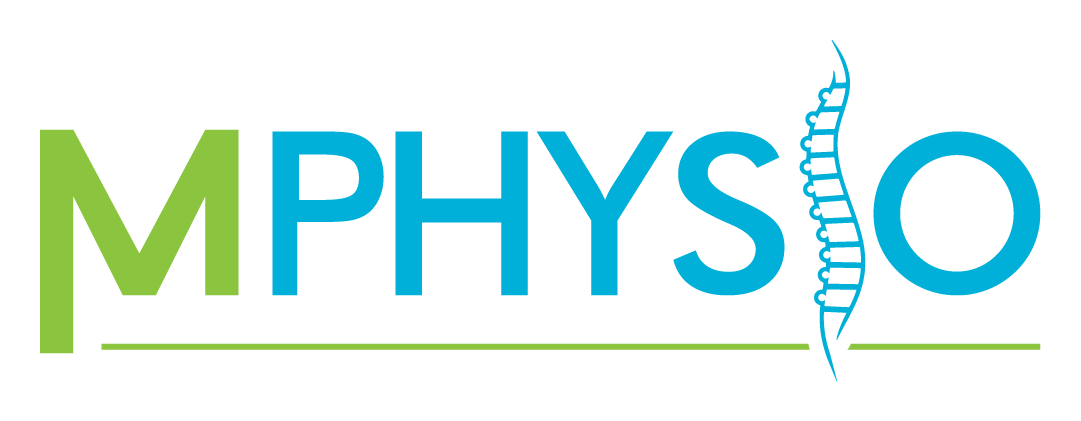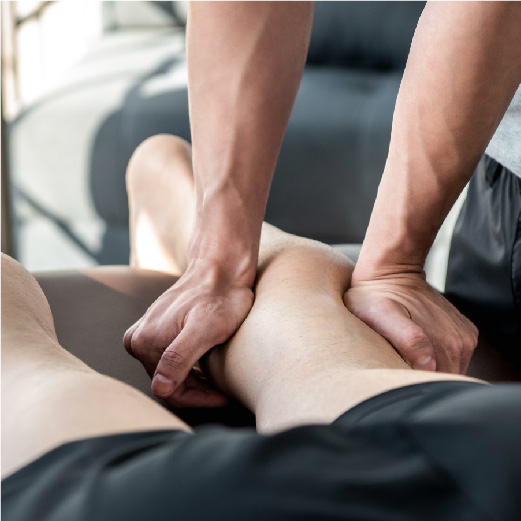What is Achilles Tendinopathy?
Achilles Tendinopathy, or sometimes referred to as Achilles Tendinitis is a condition that affects the largest tendon in the body, the Achilles tendon. This tendon attaches the calf muscles to the heel of the foot. Activities that require loading the foot repeatedly, such as in jumping, running or even wearing high heels often can cause the onset of Achilles Tendinopathy.
There are different types of Achilles Tendinopathy, based on the location of the injury. They include Insertional Achilles Tendinopathy, where the insertion site of the tendon at the base of the heel (calcaneus) is affected, or Mid-Portion Achilles Tendinopathy, where the level of the tendon body is affected. Patients who suffer from Achilles Tendinopathy usually feel pain during activities that may load the tendon. Palpating the tendon may also elicit pain, and often may feel thicker, swollen, red or warm in the area that is affected

What caused my Achilles Tendinopathy?
Tendinopathy of any tendon in the body occurs when the tendon has undergone overuse and repetitive stress that it is not able to withstand. Usually this means that you have recently undergone an increase in activity that requires the use of the Achilles tendon repeatedly. This could be anything from sports, dancing, wearing high heels, or a trauma to the tendon or calf muscle. The repetitive stress and the inability for the tendon to adapt to the overload ultimately leads to changes in the property of the tendon at the cellular level, including disorganisation of collagen fibres and other pathological features that if left untreated, can be irreversible. Achilles Tendinopathy can occur to otherwise healthy tendons, as well as tendons that have undergone some degenerative change.
How can you help me with my Achilles Tendinopathy?
Your physiotherapist will take a thorough history of your achilles pain, as well as your exercise and training history in order to give the best possible diagnosis. They will also undertake a physical examination in order to identify the best possible treatment plan for you. Typically, treatment will involve manual therapy techniques to help improve your range of movement and reduce your pain, as well as strengthening and stretching exercises to help to improve any muscular imbalances. You should also expect your physiotherapist to assess your walking and running biomechanics and the loading capacity of your achilles tendon, in order to help make changes to prevent any future recurrence.
What should I do to avoid aggravating my Achilles Tendinopathy?
- AVOID activities that aggravate your pain, until you have seen your physiotherapist
- AVOID stretching your knee as this may be aggravating the tendon.
- REMAIN ACTIVE, while avoiding aggravating activities.
- For RELIEF, applying ice to the area may help to reduce some pain and inflammation. Wrap the ice to prevent direct contact with your skin.
- RECEIVE physiotherapy care to get your joints, ligaments and muscles performing to their optimum level
Keep good care of your body and your physiotherapist will continue to monitor your condition. Once your Achilles Tendinopathy pain has resolved you will be able to resume your full activities without worrying about future flare-ups.


